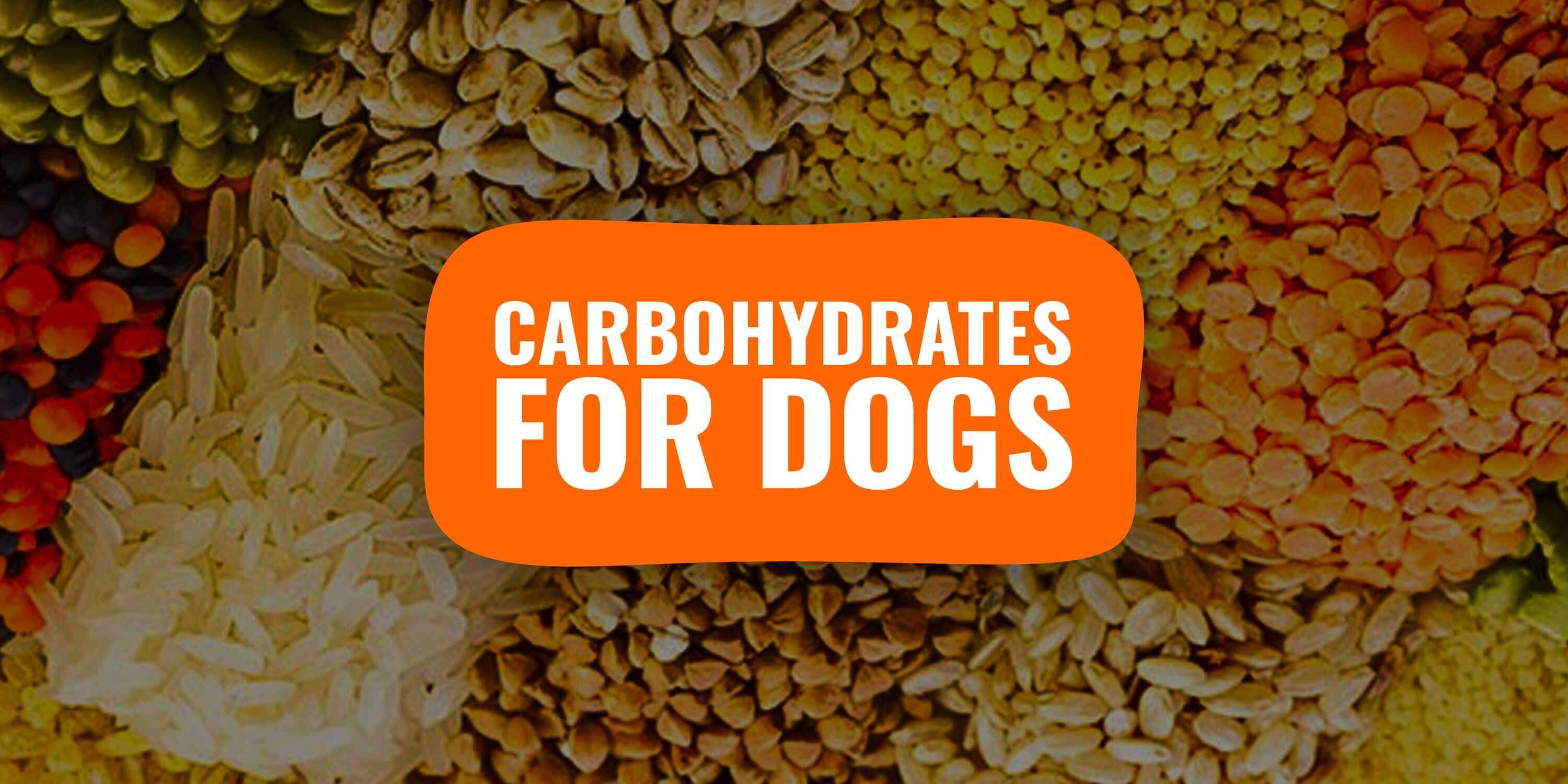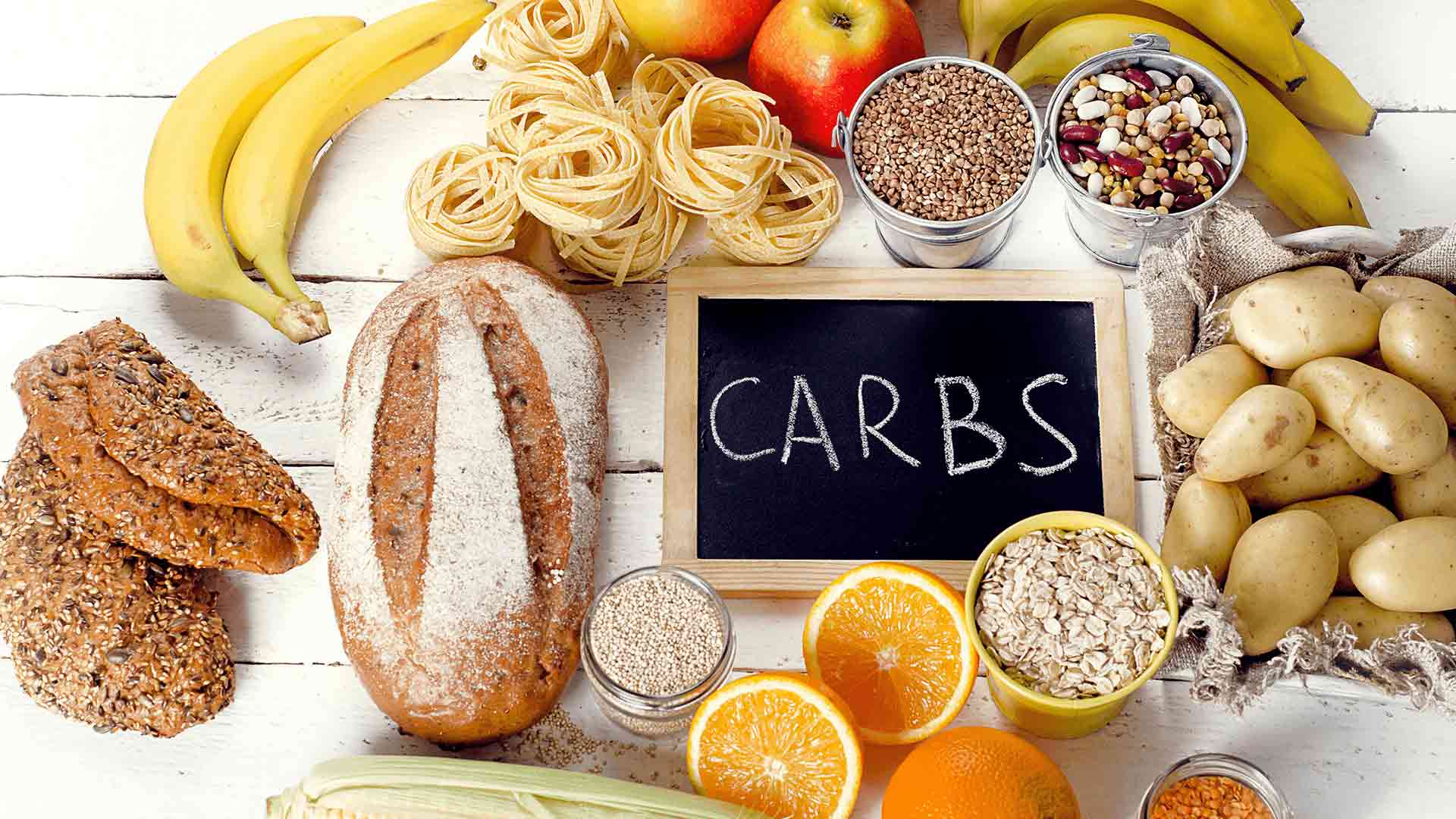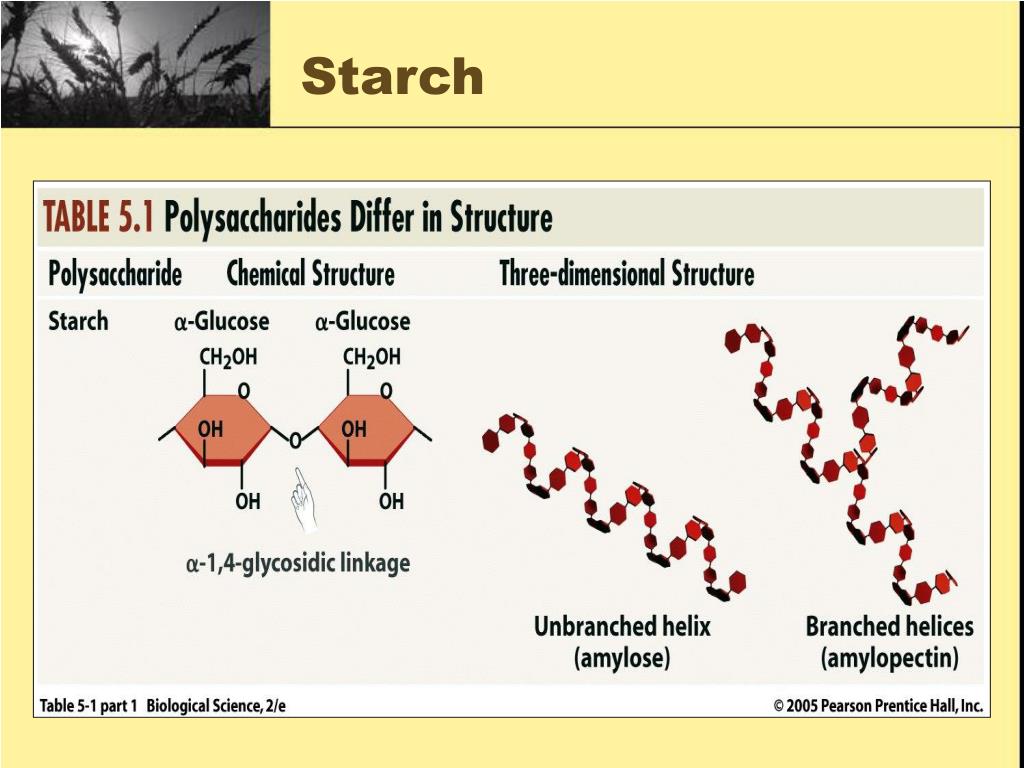Animals Store Carbohydrates In The Form Of
Animals Store Carbohydrates In The Form Of - It is stored in the liver and the muscles to be used when needed. Web the correct option is carbohydrates are used as storage molecules in: Glycogen is a polysaccharide of glucose. 13) animals store carbohydrates in the form of. Web animals do not store energy as starch. Glycogen, often called animal starch, is the storage form of carbohydrate in animals. Web animals store energy in which type of carbohydrate? Web the carbohydrates in animals come from either plant (i.e., fruits, berries, nuts) or animals (e.g., meats). In plants carbohydrates are stored in the form of starch whereas in animals, carbohydrates. In animals known as glycogen, the storage form of.
Web glycogen is a polysaccharide of glucose. Web animals store glucose in the form of a) amylose b) glycogen c) glycerol d) guanine e) cellulose Web unused carbohydrates are stored in the liver and muscles as glycogen. Animals use glycogen to store energy. ______ is the polysaccharide structural component found. It is stored in the liver and the muscles to be used when needed. Glycogen is a polysaccharide of glucose. Almost all animal cells contain. Web animals store their excess carbohydrates in the form of. Excess carbohydrates and proteins get converted into fatty acids and stored in adipose tissues.
The storage form of carbohydrates is glycogen in animals and humans in plants. Almost all animal cells contain. Web glycogen is a polysaccharide of glucose. Web what biomolecule stores carbohydrates? Glycogen, often called animal starch, is the storage form of carbohydrate in animals. Web plants build carbohydrates using light energy from the sun (during the process of photosynthesis), while animals eat plants or other animals to obtain carbohydrates. In plants carbohydrates are stored in the form of starch whereas in animals, carbohydrates. Animals use glycogen to store energy. Plants store starch as granules within cellular structures known as plastids, which. Web both plants and animals store sugars for later use in the form of storage polysaccharides.
Carbohydrate Structure (2016) IB Biology YouTube
Web animals store glucose in the form of a) amylose b) glycogen c) glycerol d) guanine e) cellulose Web both plants and animals store sugars for later use in the form of storage polysaccharides. Instead, animals store the extra energy as the complex carbohydrate glycogen. Almost all animal cells contain. Web correct option is a) carbohydrates are produced as monosaccharides.
Solved 13) Animals store carbohydrates in the form of (2pts)
Web the carbohydrates in animals come from either plant (i.e., fruits, berries, nuts) or animals (e.g., meats). Energy is stored in the form of glycogen in animals. Web glycogen is a polysaccharide of glucose. Instead, animals store the extra energy as the complex carbohydrate glycogen. Glycogen is stored for only a short time.
How many types of carbohydrates are there? Quora
Most of the animals st. Excess carbohydrates and proteins get converted into fatty acids and stored in adipose tissues. Web the correct option is carbohydrates are used as storage molecules in: Web animals store their excess carbohydrates in the form of. The storage form of carbohydrates is glycogen in animals and humans in plants.
Carbohydrates for Dogs Diets, Requirements, Pros & Cons
Most of the animals st. Almost all animal cells contain. Web glycogen is a polysaccharide of glucose. Animals use glycogen to store energy. Plants store starch as granules within cellular structures known as plastids, which.
carbohydrate Kids Britannica Kids Homework Help
Web the correct option is carbohydrates are used as storage molecules in: Web discuss the role of carbohydrates in cells and in the extracellular materials of animals and plants. Web animals store glucose in the form of a) amylose b) glycogen c) glycerol d) guanine e) cellulose Web correct option is a) carbohydrates are produced as monosaccharides (glucose or fructose).
Animals Store Carbohydrates As Carbohydrates We (and all animals
Glycogen, often called animal starch, is the storage form of carbohydrate in animals. Web the correct option is carbohydrates are used as storage molecules in: Web what biomolecule stores carbohydrates? Instead, animals store the extra energy as the complex carbohydrate glycogen. Starch in plants and glycogen in animals.
Foodiary Magazine Carbohydrates these types exist
Instead, animals store the extra energy as the complex carbohydrate glycogen. Web correct option is a) carbohydrates are produced as monosaccharides (glucose or fructose) in the process of photosynthesis. Web unused carbohydrates are stored in the liver and muscles as glycogen. Web animals do not store energy as starch. Animals use glycogen to store energy.
Carbohydrates are important!
Almost all animal cells contain. Most of the animals st. Excess carbohydrates and proteins get converted into fatty acids and stored in adipose tissues. Web the correct option is carbohydrates are used as storage molecules in: Web animals store glucose in the form of a) amylose b) glycogen c) glycerol d) guanine e) cellulose
Animals Store Carbohydrates As Carbohydrates We (and all animals
______ is the polysaccharide structural component found. Web discuss the role of carbohydrates in cells and in the extracellular materials of animals and plants. Nucleotides are the building blocks for. Web correct option is a) carbohydrates are produced as monosaccharides (glucose or fructose) in the process of photosynthesis. Glycogen is a polysaccharide of glucose.
Animals Store Carbohydrates As Carbohydrates We (and all animals
Web unused carbohydrates are stored in the liver and muscles as glycogen. Web animals do not store energy as starch. Glycogen is a polysaccharide of glucose. Almost all animal cells contain. ______ is the polysaccharide structural component found.
Web Unused Carbohydrates Are Stored In The Liver And Muscles As Glycogen.
Instead, animals store the extra energy as the complex carbohydrate glycogen. Web discuss the role of carbohydrates in cells and in the extracellular materials of animals and plants. Starch in plants and glycogen in animals. Glycogen is stored for only a short time.
______ Is The Polysaccharide Structural Component Found.
Web animals do not store energy as starch. Glycogen is a polysaccharide of glucose. Plants store starch as granules within cellular structures known as plastids, which. Excess carbohydrates and proteins get converted into fatty acids and stored in adipose tissues.
Nucleotides Are The Building Blocks For.
Web animals store their excess carbohydrates in the form of. Web both plants and animals store sugars for later use in the form of storage polysaccharides. Web correct option is a) carbohydrates are produced as monosaccharides (glucose or fructose) in the process of photosynthesis. Web animals store glucose in the form of a) amylose b) glycogen c) glycerol d) guanine e) cellulose
Cellulose In A Plant Cell, By And Large, Has A Basic Capacity ( A Noteworthy Segment Of Cell Divider) Not A.
It is stored in the liver and the muscles to be used when needed. Web what biomolecule stores carbohydrates? Energy is stored in the form of glycogen in animals. Web the correct option is carbohydrates are used as storage molecules in:








